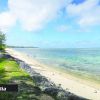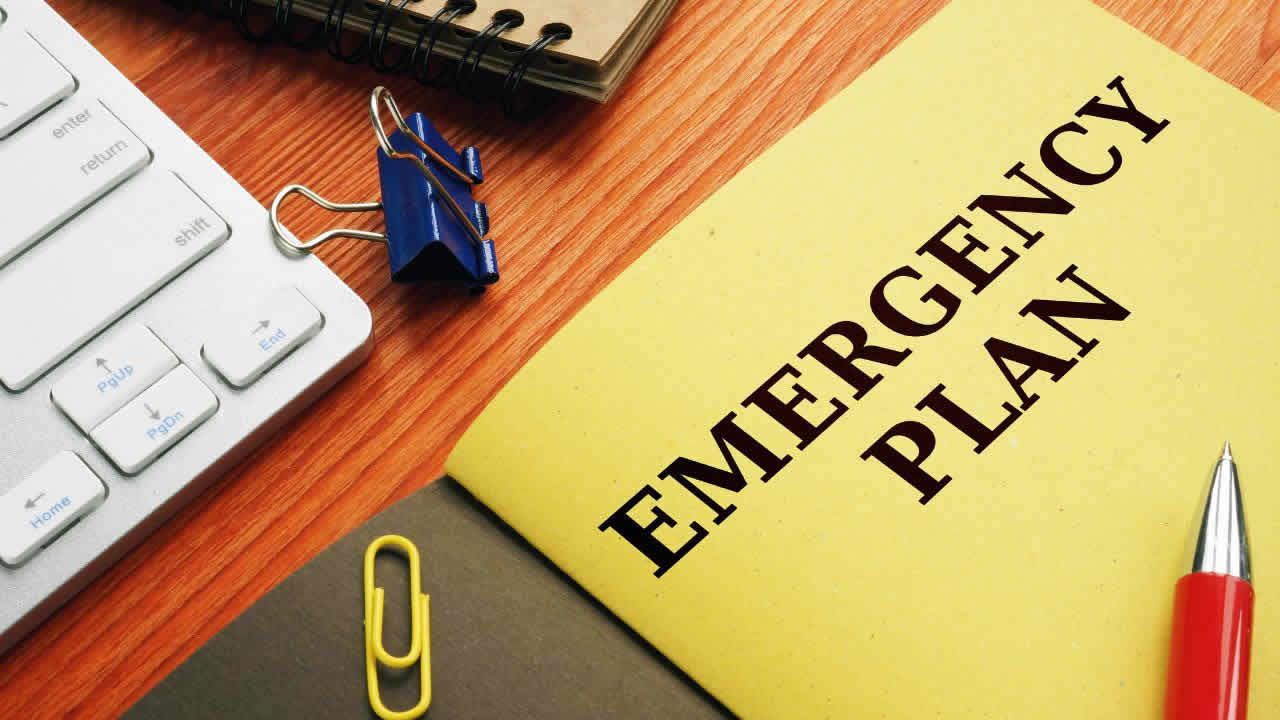
Following the cheerful declaration of the Minister of Local Government and Disaster Risk Management on the International Day for Disaster Risk Reduction on the 13th of October 2022 regarding the significant upgrade of Mauritius in the ranking of countries with the highest disaster risk from 51st to 107th in the World Risk Report 2022, It is deemed opportune to enlighten my fellow citizens about the gist of World Risk Report and the real reasons behind the ranking upgrade of Mauritius in the World Risk Index.
Publicité
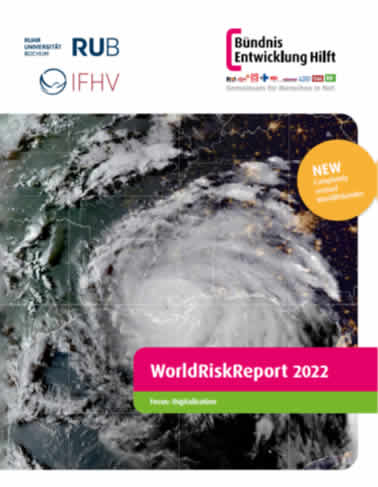 The World Risk Report 2022 is published by the Bündnis Entwicklung Hilft (BEH) and Ruhr University Bochum – Institute for International Law of Peace and Armed Conflict (IFHV) since 2011. Every year the World Risk Report (WRR) features an update of the World Risk Index (WRI), which calculates the vulnerability and exposure to natural hazards of over 193 countries and then ranks them based on their disaster risk.
The World Risk Report 2022 is published by the Bündnis Entwicklung Hilft (BEH) and Ruhr University Bochum – Institute for International Law of Peace and Armed Conflict (IFHV) since 2011. Every year the World Risk Report (WRR) features an update of the World Risk Index (WRI), which calculates the vulnerability and exposure to natural hazards of over 193 countries and then ranks them based on their disaster risk.
The WorldRiskReport contains the WorldRiskIndex which is the authoritative reference in the field of disaster management comparable to that of Mo Ibrahim Index and Moody’s rating in the field of Good Governance and Financial sector. The purpose of the WorldRiskIndex is to raise awareness of disaster risks among the public and political decision-makers and to provide practitioners with orientation for the prevention of humanitarian crises. To enable faster orientation, easier communication, and visualization of the results, it is necessary to reduce complex situations to single numerical values.
In many areas of the world, extreme natural events such as earthquakes, storms, floods, and droughts, as well as the steady rise in sea levels, are part of the reality of life for millions of people. Many of these phenomena will increase in frequency and intensity in the long-term due to the influence of climate change. However, the extent to which disasters occur as a result of extreme natural events depends not only on these phenomena but also on societal conditions and capacities: Disaster risk is particularly high where extreme natural events encounter vulnerable societies.
According to the UNISDR Disaster Risk is the potential loss of life, injury, or destroyed or damaged assets which could occur to a system, society or a community in a specific period of time, determined probabilistically as a function of hazard, exposure, vulnerability and capacity. Based on this understanding, the WorldRiskIndex allows an assessment of global disaster risk for 193 countries using a total of 100 indicators and is based on four components:
Exposure to earthquakes, tsunami, cyclones, coastal and river flood, droughts and sea-level rise
Susceptibility depending on infrastructure, food supply, and economic framework conditions
Coping capacities depending on governance, health care, social and material security
Adaptive capacities related to upcoming natural events, climate change, and other challenges.

The risk assessment in the WorldRiskReport is based on the general notion that the intensity of the extreme natural event is not the only factor of relevance to the disaster risk, but that the overall situation of society is equally important. A society that is insufficiently prepared will be more vulnerable to natural events than one that is better prepared in regard to susceptibility, coping capacities, and adaptive capacities. (Bündnis Entwicklung Hilft 2011).
Risk is the interaction of the three spheres of Hazard, Exposure and Vulnerability, which only arises where all three spheres meet. In this respect, risk are only present where populations without sufficient resilience, coping or adaptation capacities live in regions , where hazards from extreme natural events or negative impacts of climate change exist.
Exposure is the extent to which populations in hazard-prone areas are exposed to and burdened by the impacts of extreme natural events or the negative consequences of climate change.
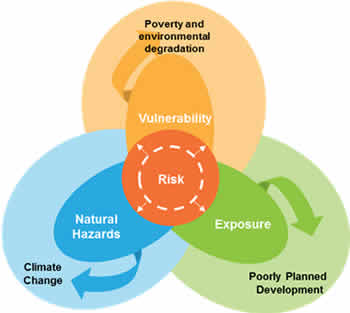 The WorldRiskIndex has been completely revised conceptually and methodologically in 2022 to focus on greater flexibility and consistency to make use of a wide range of data for risk analysis, enable faster integration of new aspects, increase the reproducibility of the analyses through clearer processes and methods, and enable the exploration of new analytical possibilities. It indicates the disaster risk for 193 countries using 100 indicators instead of the previous 27.
The WorldRiskIndex has been completely revised conceptually and methodologically in 2022 to focus on greater flexibility and consistency to make use of a wide range of data for risk analysis, enable faster integration of new aspects, increase the reproducibility of the analyses through clearer processes and methods, and enable the exploration of new analytical possibilities. It indicates the disaster risk for 193 countries using 100 indicators instead of the previous 27.
The Table shows the Rank, World Risk Index, Exposure and Vulnerability of Mauritius since the inception of the World Risk Report in 2011.
| YEAR | RANK | WORLD RISK INDEX | EXPOSURE | VULNERABILITY |
|---|---|---|---|---|
| 2011 | 26 | 11.91 | 29.59 | 40.24 |
| 2012 | 15 | 15.39 | 37.35 | 41.21 |
| 2013 | 13 | 15.18 | 37.35 | 40.64 |
| 2014 | 14 | 14.78 | 37.35 | 39.56 |
| 2015 | 13 | 14.66 | 37.35 | 39.25 |
| 2016 | 13 | 15.53 | 37.35 | 41.58 |
| 2017 | 13 | 15.11 | 37.35 | 40.45 |
| 2018 | 16 | 14.27 | 37.22 | 38.35 |
| 2019 | 47 | 9.47 | 23.88 | 39.66 |
| 2020 | 53 | 9.17 | 23.84 | 38.47 |
| 2021 | 51 | 9.04 | 23.85 | 37.92 |
| 2022 | 107 | 3.5 | 0.73 | 16.78 |
It can be found that the exposure index has changed from 23.85% in 2021 to 0.73 in 2022 due to the new model for calculating the Risk Index of Mauritius which resulted to a significant improvement in the rank of countries with highest disaster risk from 51st to 107th in 2022.
Moreover it is interesting to note that Mauritius has made a similar significant ranking improvement from 16th to 47th in 2019 as the exposure data from the PREVIEW Global Risk Data Platform of the United Nations Environment Programme (2018) have been updated based on the LandScan data from Oak Ridge National Laboratory (2018). Consequently Mauritius exposure index was revised from 37.22% to 23.88% .Since risk is directly proportional to exposure this has mathematically reduced our risk and hence resulted in an upgrade in the ranking.
When analyzing the exposure, vulnerability and World Risk Index of Mauritius for the last 11years, it can be clearly found that the upgrade in ranking for Mauritius is unfortunately not so much due to the formidable work carried by the Minister of Disaster Management and its team but due to the redesign of a new model in calculating the WorldRiskIndex.
The plain truth is that Mauritius has been upgraded from 51st to 107th of countries with highest disaster risk, is mainly not because we have reduced our vulnerability by increasing our coping and adaptive capacity but simply our exposure index has been considerably decreased by the completely revised 2022 World Risk Index which literally means that in 2022 Mauritius is less exposed to the threat of natural hazards compared to last year.
In order to assess the real progress of a country in the field of Disaster Risk Reduction one should compare like with like. It will be a fundamental mistake if our decision makers content themselves with this superficial ranking upgrade in the 2022 world risk report and adopt an ostrich policy.
According to a cabinet decision of 13/11/2009 the then government agreed to set up a Disaster Center which would be operational on 24-hour basis. Unfortunately Mauritius is among few countries where it’s National Disaster Risk Reduction and Management Centre (NDRRMC) is operational only during office hour that is from 9am-4pm.
It is almost 6 years since the NDRRMC 2016 act was enacted which make provision for a Director General who shall be responsible for the effective and efficient management of the NDRRMC yet no Director General has been appointed up to now. The NDRRMC is under the responsibility of an officer in charge who is actually the Commander of the SMF who shall himself under section 18 of the NDRRMC Act control the Disaster Response Unit.
Last year, I got the opportunity to depone before the Wakashio Court of Investigation whereby I express my concern regarding the operation and staffing of our National Disaster Risk Reduction and Management Centre (NDRRMC). I am of the opinion that the Wakashio disaster could have been better managed if the NDRRMC was physically open and operational with adequate permanent expert staff and a full-fledged Director General.
My Humble appeal to the Honorable Minister is to see to it that adequate expert staff and resources be provided to the NDRRMC so that the latter can discharge its duty as per the expectation of the public as the safety of people’s lives should be our top priority.
God save Mauritius.
From a scientific to political perspective
By Naim Ahmad Shaik Joomun
Master in Remote Sensing and Natural Risks

Notre service WhatsApp. Vous êtes témoins d`un événement d`actualité ou d`une scène insolite? Envoyez-nous vos photos ou vidéos sur le 5 259 82 00 !













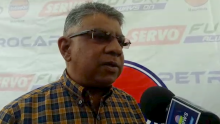
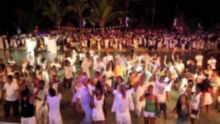
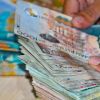

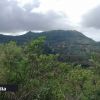
![[Info Soirée] : « Sa ravin la byen danzere »](https://defimedia.info/sites/default/files/styles/square_thumbnail/public/thumbnail_250425.jpg?itok=jvZ3w749)
